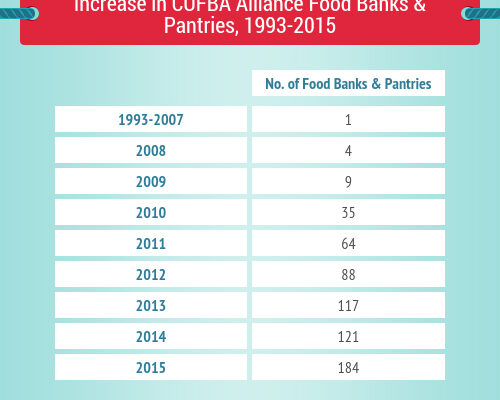ACE2019: An Examination of Food Insecurity in Higher Education
Panelists from Hope Center for College, Harvard University, and Bon Appetit Management Company asked audience members at the ACE2019 session “When Students Are Hungry: An Examination of Food Insecurity in Higher Education” to consider how the problem plays out on their campus.
Christine Baker-Smith, director of research at Hope Center for College at Temple University (PA), shared the startling statistic that between 40-50 percent of undergraduates are food insecure. Food insecurity is defined by the USDA as a lack of consistent access to enough food for an active, healthy life.
Anthony A. Jack, assistant professor at Harvard University and author of the book The Privileged Poor: How Elite Colleges Are Failing Disadvantaged Students clarified that being food insecure is not the same as being hungry, both in its prevalence and its nature. Through his research, he found that between one in four or five institutions keep their dining halls open during break periods. The closing of food venues over Christmas, Thanksgiving, or Spring Break leaves one out of seven students with little or no options for food. He emphasized that pantries and food banks help with this issue, but have little impact on food-insecure students when the closings are episodic.
The panelists discussed a range of recommendations to help address food insecurity on campus:
- Investigate the food insecurity issue at your institution. Administrators needs to know how prevalent the problem is in order to address it. A survey is a good place to start—the Hope Center for College provides a useful sample survey for this issue.
- Think about how social class shapes the strategies for students navigating college. How do students from disadvantaged background navigate their college experience? Who is the most important person on campus they connect with or contact when they are having a problem?
- Campuses need to be both accessible and inclusive. Keeping housing and dining options open during breaks are steps towards being more inclusive.
- Consider different populations and their unique needs. Student parents, adult students, adjunct faculty, and staff may be food insecure on campus.
- Campus leadership needs to make food insecurity a priority. A president making the vow that “no one is hungry on campus” and then providing resources to make this a reality is important.
- Connect students with state or government benefits like SNAP. Provide resources and information to help them apply for assistance.
—Hollie Chessman
If you have any questions or comments about this blog post, please contact us.


